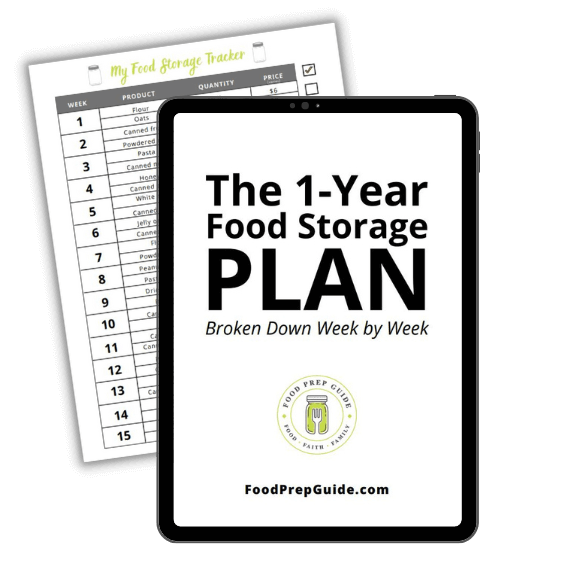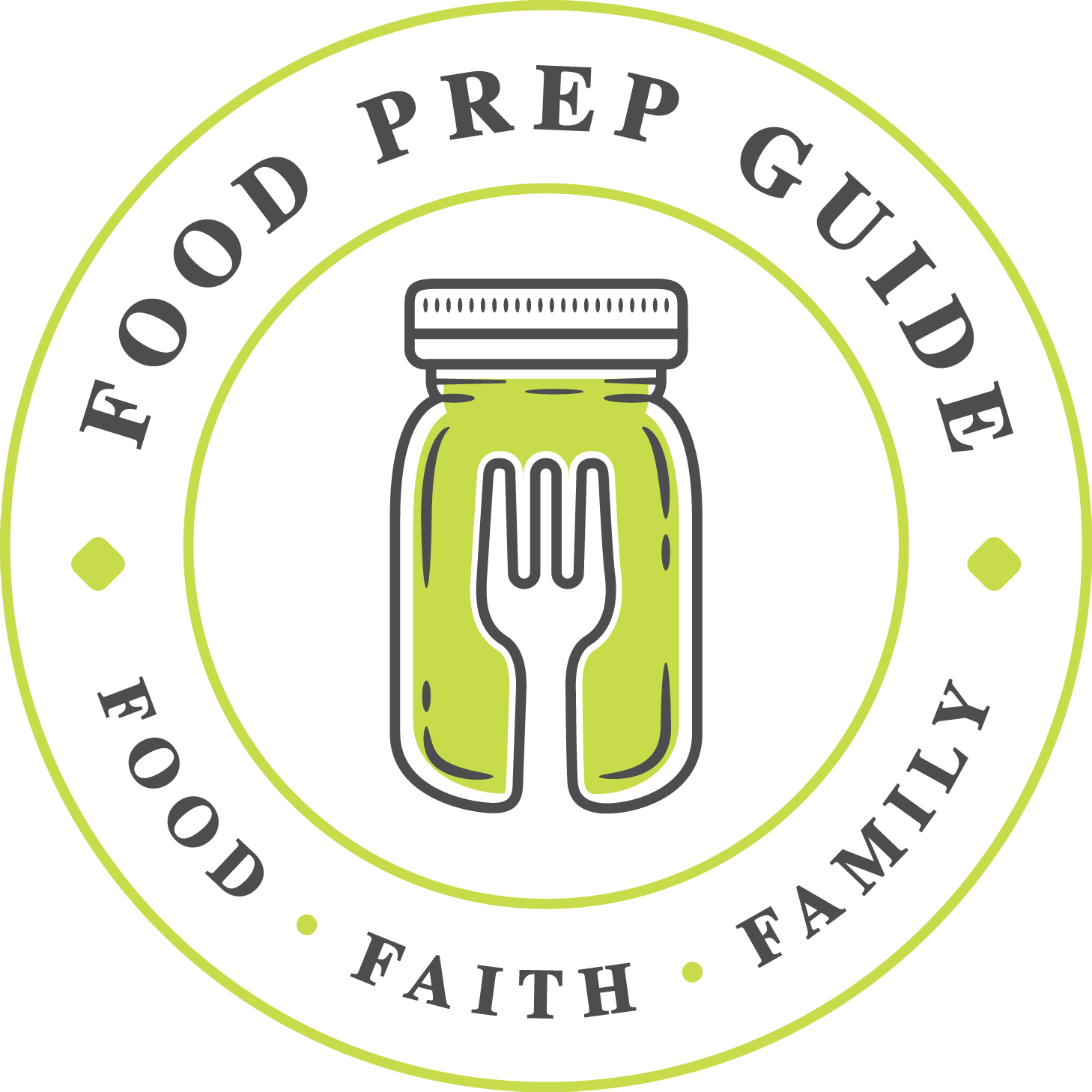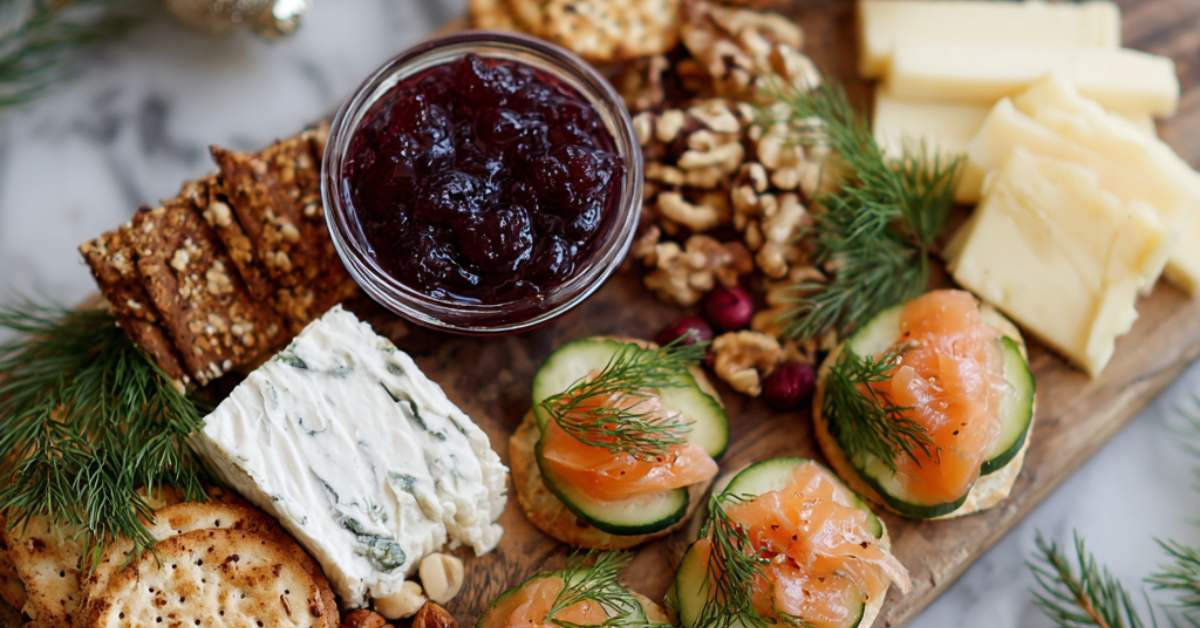Today, we’re making yogurt. But not your average yogurt …
We’re whipping up this homemade, probiotic-rich food without electricity!
(Ok, I am using my stovetop for this video just to bring the milk to a boil, but you can easily do this outside on a grill or campfire.)
That means no yogurt maker and no oven—just our trusty thermal cooker, which is essentially a glorified thermos.
Get ready for a hassle-free journey to creamy, delicious yogurt. Let’s jump right in!
Thermal Mass, Thermal Cookers, and Milk: What You Need to Know
For best results when using a thermal cooker, you want your cooker to be three-fourths full.
If it’s only half full or less, you may not generate enough thermal mass (or heat of your food) to maintain the heat needed to convert milk to yogurt.
That means that the amount of milk you need will be dependent on the size of your thermal cooker.
You may want to keep that in mind as you shop for the best size cooker for your family. Here’s the one we use:
Prices pulled from the Amazon Product Advertising API on:
Product prices and availability are accurate as of the date/time indicated and are subject to change. Any price and availability information displayed on [relevant Amazon Site(s), as applicable] at the time of purchase will apply to the purchase of this product.
For this size thermal cooker, we need 3/4 of a gallon of milk. I opt for whole milk for full flavor and thicker consistency.
The first step is to bring the milk to a boil. As soon as it hits the boiling point, remove it from heat & turn your stove off.
Rather Watch Than Read? Watch the Yogurt-Making Process Step-By-Step
The Secret to Successful Yogurt Making: Temperature
Once the milk reaches a rolling boil, we swiftly move it off the heat.
The next crucial step in the yogurt-making process is letting it cool to the perfect temperature—around 75°F.
Grab your trusty thermometer and start monitoring. This step can take a while.
Prices pulled from the Amazon Product Advertising API on:
Product prices and availability are accurate as of the date/time indicated and are subject to change. Any price and availability information displayed on [relevant Amazon Site(s), as applicable] at the time of purchase will apply to the purchase of this product.
While 75°F is the goal, we do have some wiggle room. You just don’t want to dip below 73°F or rise above 77°F … 80°F max.
As our pot sits off the heat, we monitor the temperature drop, checking every 15-20 minutes until it hits that magic number.
Add Live Active Cultures
As our milk hovers around the 75°F mark, it’s time to transfer it into the thermal cooker if you haven’t already.
Next step is to introduce the key ingredient that turns your milk into yogurt—live active cultures.
You have two options here:
Purchase specific cultures online:
Prices pulled from the Amazon Product Advertising API on:
Product prices and availability are accurate as of the date/time indicated and are subject to change. Any price and availability information displayed on [relevant Amazon Site(s), as applicable] at the time of purchase will apply to the purchase of this product.
Or grab a yogurt container from the grocery store with live active cultures in the ingredients.
If using yogurt as your cultures, add 2 tablespoons of yogurt per 3/4 gallon of milk.
Whichever type you use, whisk it in thoroughly, and secure the thermal cooker’s lid.
Now, it’s a waiting game of 9 to 12 hours or, in my case, a bit longer due to a later-than-anticipated start. I just let it go overnight, and it turned out great!
Check the Yogurt’s Consistency
The next day arrives, and our yogurt has been patiently developing its flavors in the thermal cooker.
At this point, it’s just a matter of checking for your desired consistency. The longer you let it sit, the thicker it becomes.
Want it thin? Aim for the 7 to 8-hour mark.
Prefer a hearty thickness? Push it to 12 hours or more.
Store Your Homemade Yogurt in the Fridge
After your desired consistency is reached, just transfer your yogurt into a glass jar and store it in the fridge. You can also just keep it in the thermal cooker, and refrigerate it that way!
Let it sit there for about 12 hours or overnight, allowing the flavors to meld and intensify and the consistency to “set.” This step guarantees the best flavor and texture for your homemade yogurt.
Making your own yogurt at home—without the aid of fancy appliances—is a satisfying journey.
I hope you enjoy as much as I do!
FREE FOOD STORAGE PLAN!

Does gathering and storing a year’s worth of food for your family seem overwhelming and unachievable?
Make it easy with our step-by-step plan. Subscribe to our weekly newsletter & we’ll send it to you FREE!















Great recipe! I only have access to shelf stable milk. With this work?
I haven’t tried that yet, but I don’t see any reason why it wouldn’t work!
If the shelf-stable milk is diluted in any way, just be sure to reconstitute it first then move forward as if it’s “regular” milk.